Vision Metron TFA Aerobar
Triathlon has been the entry point for a lot of brands and a lot of tech during the last 35 years: carbon and aero wheels, aerobars, oversized run shoes, wetsuits for the swim! Most of what tri has brought to the larger world of endurance sports is positive. Some isn’t.
I’m going to talk about an aerobar today, the Vision Metron TFA. This bar is a lot like other top-notch aerobars in its class, but this and these other aerobars have given a license to bike companies to take a step forward in road cycling that is, in practice, often a step backward.
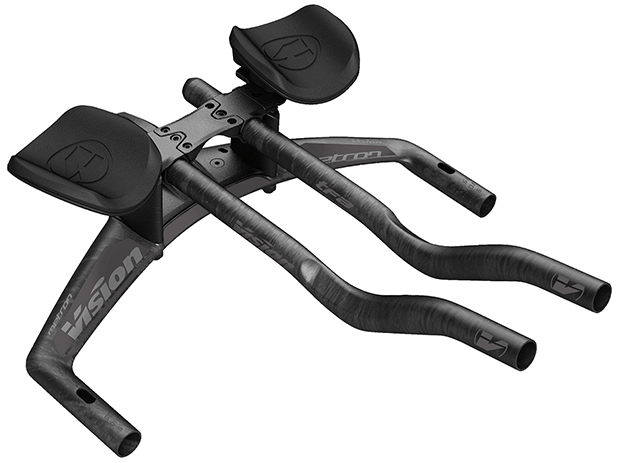
Systems that integrate bars and stems for road bikes are a not-well-thought-out riff off of the Vision bar I’m reviewing today. Integrated stem-bar systems don’t need to be a troubling trend in cycling but, as it has been deployed, it often is. Writing as an observer, the only thing I can surmise is that road bike designers saw handlebar companies building integrated bar-stem solutions for triathlon and thought, “Cool! Let’s do this in a road bike!”
This would’ve made great sense except for one thing: Aerobars can be highly length, height and width adjustable. In fact, we celebrate them for this when it’s done well, as you’ll see is the case with the bar I’m reviewing here.
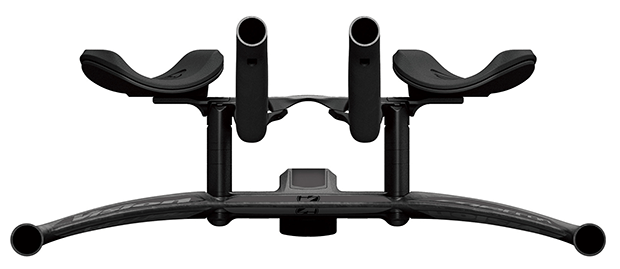
Why not with road bars? Let me explain it this way.
You realize – right? – that we calculate your exact, highly granular, tri bike prescription based on your position. And your tri bike position can be defined by your pad stack and reach. We prescribe your ideal bike our Reader Forum on the Official Canyon Speedmax Fit Assistance Thread, and the Cervelo Fit Assistance Thread, both of which Slowtwitch curates, and the Trek Speed Concept Fit Assistance Thread, curated by Trek. I hope you utilize these before making your purchases!
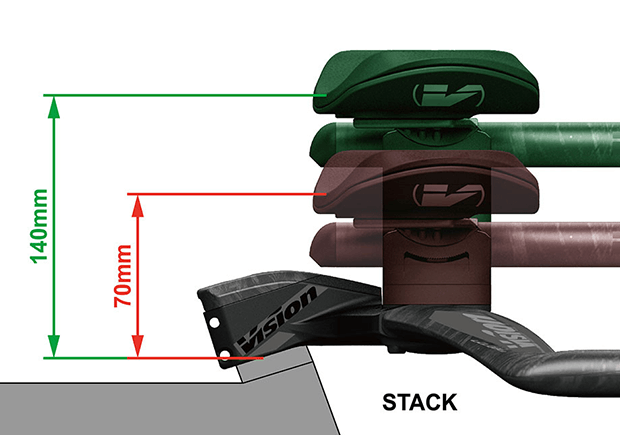
These fit systems are the natural outgrowth of ideas pioneered here since 2003, when we intro’d and coined the terms Stack and Reach as frame metric. Okay so far? Now, you can plot fit solutions on a Cartesian graph.
For example, if your position requires your armrests to be 650mm above the bottom bracket and 520mm in front of it, every bike should have a solution for that, which might be: Frame size L, armrests pulled back from their center/neutral position 20mm, and those armrests pedestaled 30mm from their base position. Voila. Solution. (Along with the appropriate width adjustment, and with extensions cut or adjusted to their proper length.)
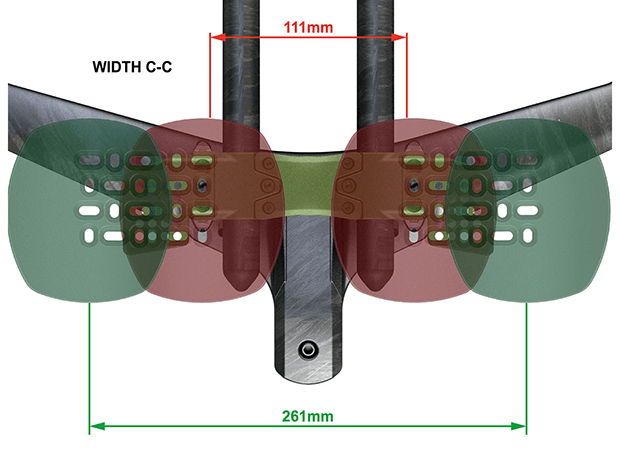
So, again, you can graph this. Every pad height (stack) sits in a column on a graph – like on an Excel Spreadsheet – and every pad length (reach) sits on a row. Your position (pad stack and reach of 650mm/520mm) identifies a cell on that spreadsheet, and inside of that cell is the solution (bike size, front end config).
We are closing in on a system for integrated road bar-stem front ends that measures from the BB up and forward to the place on the hood where the flat intersects with the upturn. What you find when you graph road bikes with integrated front ends is that you end up with a lot of uninhabited cells. Empty cells are fine if they reflect a position not remotely close to a recognizably orthodox position. It’s not fine to have unpopulated cells if it’s a reasonable position.
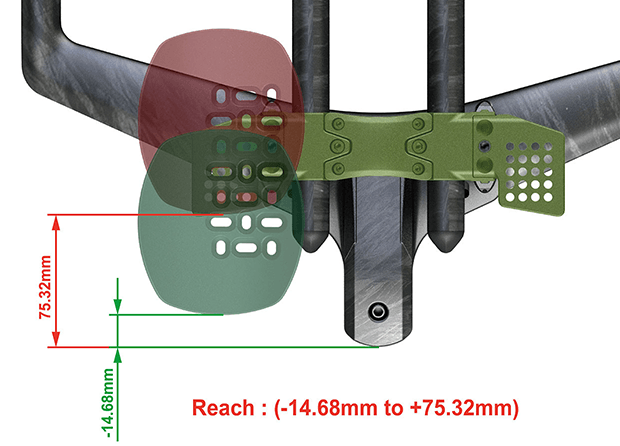
To me, this is evidence that those making design decisions at bike companies understand aerodynamics; they know how to test for stiffness and strength; they know how to weigh bicycles. They understand the value of house brands over 3rd party manufacturers.
But some do not understand or appreciate the way a bicycle should fit. They’re making human-powered motorcycles. Hike your leg over and go.
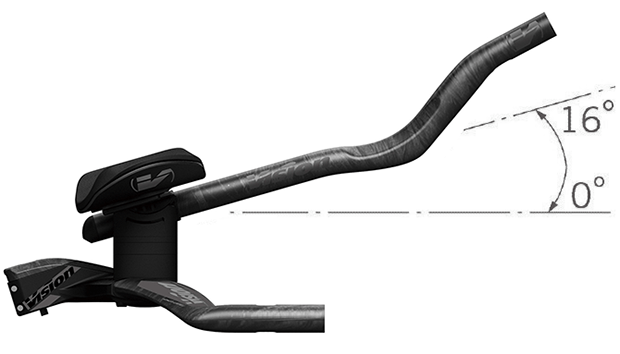
If you look at the aerobar here, what you see is a bar with an integrated stem – exactly the sort of thing I’m saying that causes me concern. But, not for tri! I’ve noodled this bar fairly comprehensively and it’s the sort of aerobar that performs on the implicit promise of adjustability. This bar, and the thinking behind it, specifically as regards fit, are equaled only by Profile Design, perhaps by TriRig, by Zipp and a perhaps by Canyon in the Speedmax SLX.
Mind, not necessarily the performance of the aerobar in toto, but these are the companies that come to mind when I ask myself who really understands fit. It slays me that tri has so outpaced road, MTB, gravel, as regards the incorporation of the science of fit into manufactured product, but this is where we’re at, and Vision understands this implicitly.
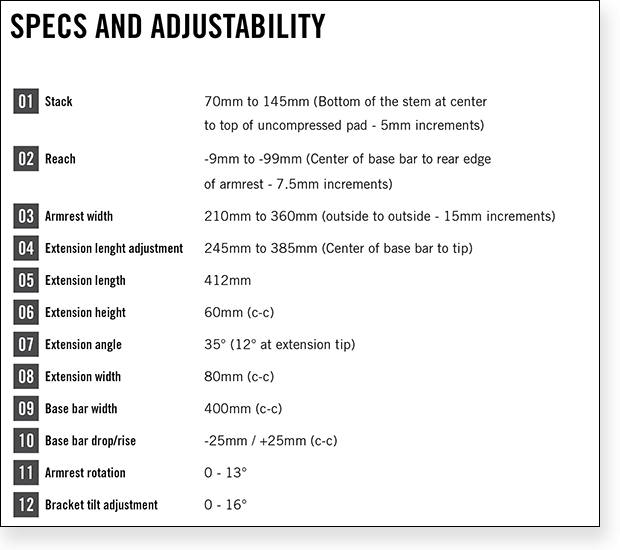
If you look at the spec sheet above, or at any of the pics herein, or in the embedded video below shows its adjustability, you’ll see the divergent paths between the road and tri markets, where the very industry that is taking adjustability away from road bikes is granting it to tri bikes.
This bar sells for $850, and I can’t find any great fault with it. Perhaps the lack of the newer style, longer (forward of the armrest clamp) armrests. But I suspect all the bars from Profile, Zipp, Vision that have stable and robust armrest bracket systems would be candidates for aftermarket pads with a little more forward protrusion to them.
There’s another Vision bar a little downstream from this one, selling for about $150 less, that incorporates a lot of the Metron TFA’s tech and features. I’ll write about it next week; until then here’s more about the Vision Metron TFA.


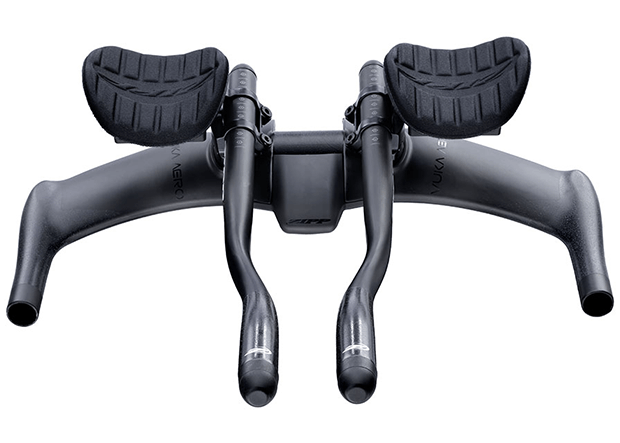
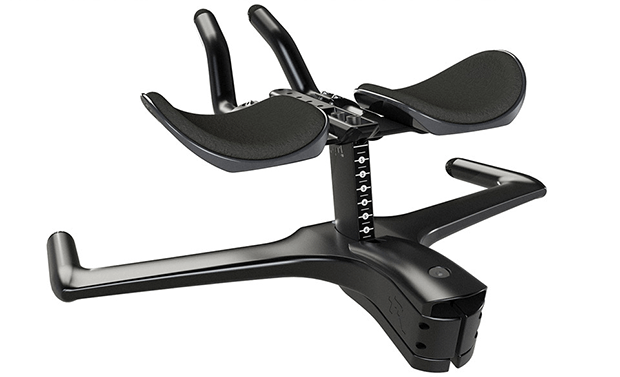
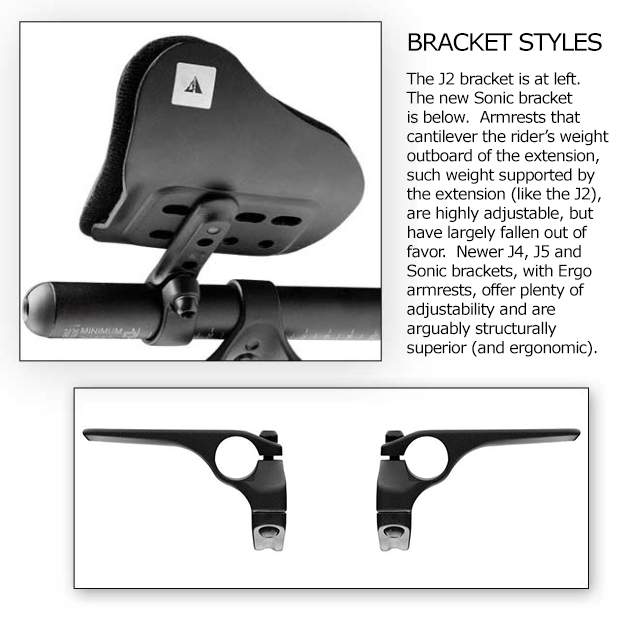
Start the discussion at slowtwitch.northend.network